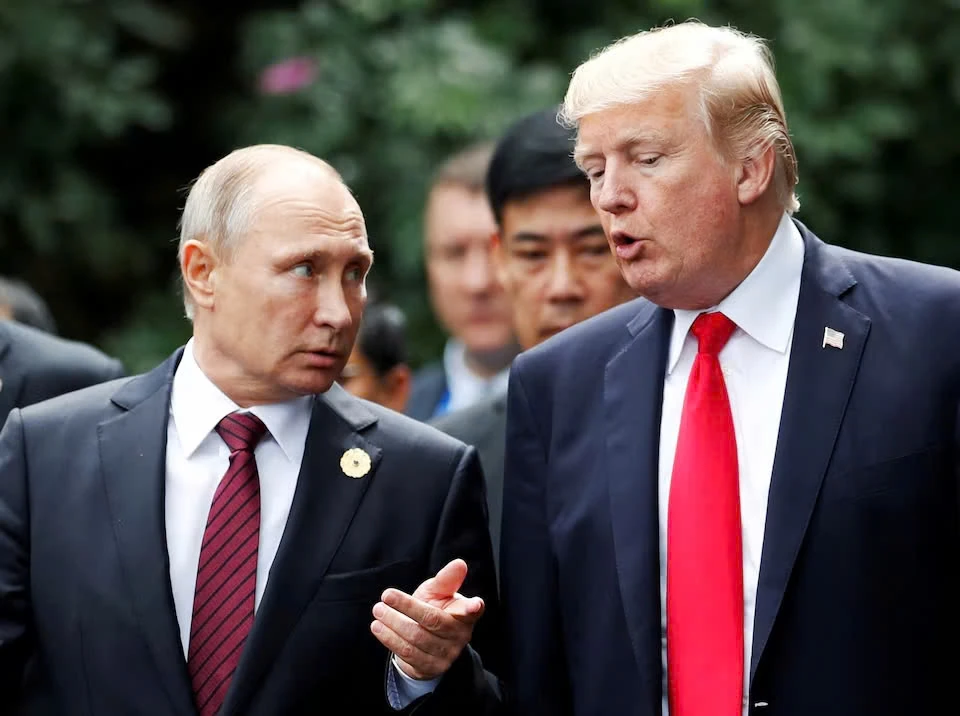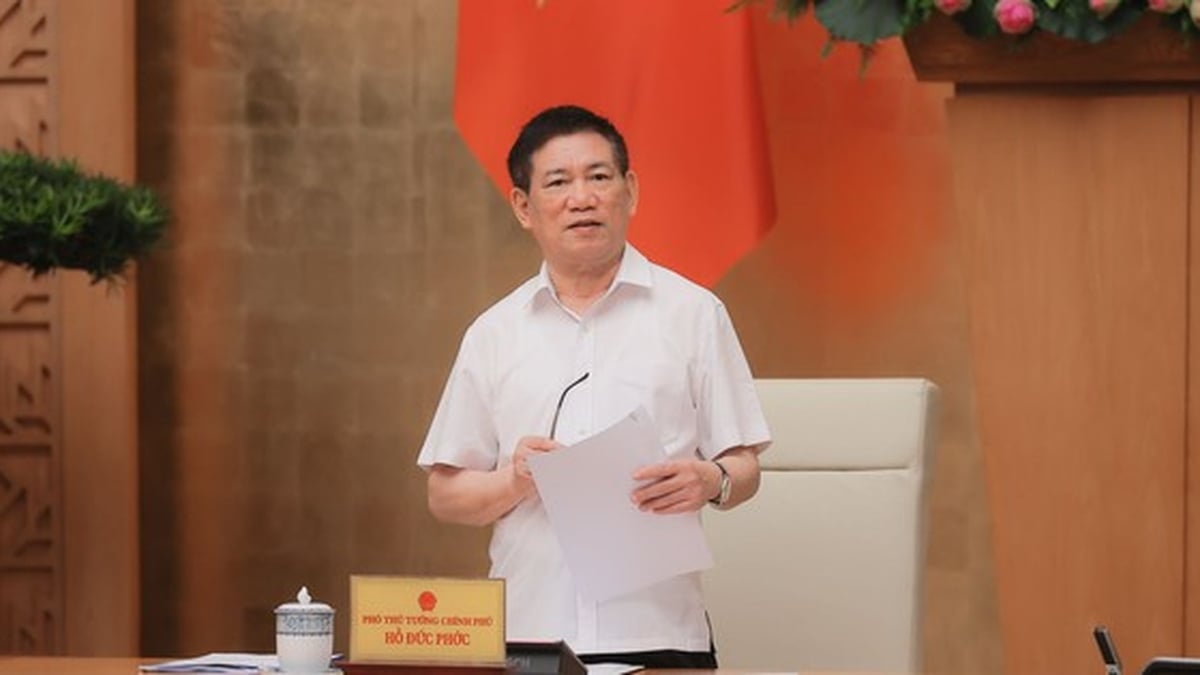President Trump shortens sanctions term
Speaking in Scotland on July 28 at a joint press conference with British Prime Minister Keir Starmer, US President Donald Trump announced that he would only give Russia 10 to 12 days to reach an agreement to end the war in Ukraine, before imposing secondary sanctions targeting the country's oil exports.
The announcement marks a significant shortening of the 50-day timeframe Trump had previously announced on July 14. Under the new plan, if Russia fails to meet the demands within the aforementioned deadline, the US will impose 100% tariffs on Russian crude oil and petroleum products for third countries, including its largest customers such as India and China.
The measure, if implemented, could cause serious disruptions to global oil supplies. According to data from the International Energy Agency (IEA), Russia exported an average of 4.68 million barrels per day of crude oil (about 4.5% of global demand) and 2.5 million barrels per day of refined oil products in June.
Experts say that in the context of global supply already under pressure from geopolitical factors and production fluctuations from the Organization of the Petroleum Exporting Countries and its allies (OPEC+), the US secondary sanctions, if fully implemented, will pose great risks to the energy market, especially in developing economies that are heavily dependent on cheap oil from Russia.
Whether President Donald Trump will actually carry out his threat to impose secondary tariffs on Russian oil exports remains a big question mark. Implementing these measures could lead to a supply shock in the global oil market, leading to a spike in oil prices, a scenario that could put significant pressure on US inflation. Given the challenges facing the domestic economy , especially expectations of price stability ahead of the election, this could be a factor that makes President Trump reconsider his decision.
In fact, in recent months, Mr. Trump has repeatedly backed away from his previous tough statements. Notably, the plan to impose “retaliatory tariffs” announced on April 2 was quickly adjusted after negative reactions from the financial and business community.
It should be noted, however, that President Trump has already delivered on some of his threats, most notably the June 22 airstrike on Iran’s nuclear facilities. This shows the unpredictability of his policies, which could make investors more cautious. While the likelihood of full implementation of secondary sanctions remains uncertain, Trump’s sudden and sometimes rapid escalation of decisions has unnerved investors.
Secondary tariffs - effective tool or double-edged sword?
The next question is: Can secondary tariffs, which are considered a relatively crude and untested fiscal tool, actually work? Observers say the answer may be yes.
One of Russia’s most important customers is India, which was the largest importer of Russian seaborne crude in June, averaging 1.5 million barrels per day. India is currently engaged in trade tariff negotiations with the United States, making it unlikely that New Delhi will want to further aggravate relations with Washington by continuing to import oil from Moscow. This could prompt India to turn to other energy sources, even if they are more expensive.
Meanwhile, China, which imported about 2 million barrels of Russian oil per day in June, both via pipeline and sea, is unlikely to change its import strategy. China has endured multiple rounds of tariffs from the US and views its relationship with Russia as an important strategic partner, so maintaining oil supplies from Moscow remains a top priority.
Still, Russia’s finances are likely to remain tight regardless of whether India reduces its oil imports from Russia, as China could use its position to buy oil at even lower prices, cutting into Russia’s foreign exchange earnings. This happened when the two countries agreed on gas prices from the Power of Siberia 2 project.
Global Oil Supply: OPEC+ and the Role of Spare Capacity
The potential impact of new sanctions on the global oil market is difficult to assess, especially in the context of complex fluctuations in supply and demand.
According to the IEA's forecast, global oil demand will increase by about 700,000 barrels per day in 2025, the lowest increase since 2009. Meanwhile, supply is expected to increase more strongly, to about 2.1 million barrels per day, reaching a total of 105.1 million barrels per day this year.
The recent supply increase has been largely driven by OPEC+, which in April began removing its 2.2 million bpd cut quota and simultaneously increased the United Arab Emirates’ (UAE) production quota by 300,000 bpd.
While this production increase has reduced OPEC+ spare capacity, as of June, Saudi Arabia still had about 2.3 million barrels per day of spare capacity that could be brought into operation within 90 days. The UAE and Kuwait also had about 900,000 and 600,000 barrels per day of spare capacity, respectively.
This means that the three Gulf producers have the ability to quickly increase production in the event of a sudden supply disruption. However, experts say that this information may not be enough to reassure the market if the US implements secondary sanctions, largely due to uncertainty over potential retaliation from Russia.
According to the IEA, revenue from oil and gas export taxes has accounted for 30% to 50% of the federal budget in recent years, making this source of revenue an important pillar of Russia's finances. Therefore, Moscow is expected to react strongly to any Western measures to tighten this source of revenue.
A sign of Moscow’s readiness to retaliate came last week when Russia temporarily blocked foreign tankers from unloading crude at key Black Sea ports, including Novorossiisk, which accounts for more than 2% of global oil supplies, according to Reuters. However, unloading at the port resumed the following day, suggesting the move may have been more of a warning than a permanent decision.
While President Trump’s latest threat may be tactical rhetoric, the shortening of the sanctions deadline is a “time bomb” that the oil market cannot ignore, creating pressure and instability in the short term.
Hung Anh (Contributor)
Source: https://baothanhhoa.vn/ap-luc-moi-tu-my-co-the-lam-thay-doi-can-can-thi-truong-dau-mo-nga-va-the-gioi-256473.htm







































































































Comment (0)